Many business meetings are over-engineered in an effort to make sure something happens. And happens reasonably fast.
If things are just bumbling along, someone will express their impatience and say something like,
“All this talk is all very well, but if we don’t have actions, there’s no point to any of it.”
Then in a panic, an effort is made to generate lists of actions.
But in our impatience, we may be driving out the very thing that really supports creativity. The chance for less intense conversations where serendipitous connections can be made.
The guru in The Way of the Peaceful Warrior says “there is never nothing going on”. When we let go of trying to make things happen, we can see more of what is happening and then develop a response to it.
We love Keith de la Rue’s work on the art of conversation. He weaves together several studies and theories to suggest that the apparently simple process of good conversation has a great deal to offer organisations. The pressure to meet targets means that time spent in “idle” talk is frowned upon but might actually be a truer source of effectiveness.
He cites research that says group intelligence is determined primarily by turn taking and social sensitivity more than by the individual talents in the space. In other words, how the group works is key. Keith argues that this poses a big challenge to organisations where hierarchy is likely to frustrate turn taking. The drive to control and organise may be squashing creativity.
He then brings in Steven Johnson‘s argument about the adjacent possible: this suggest innovations do not come in Eureka moments but in the sharing and recombination of ideas. Cafe societies around the time of the enlightenment thus engendered a lot of innovation.
Next, Keith draws on research by Oscar Ybarra on the value of certain kinds of social interaction for individual mental function. If two people engage in a friendly 10 minute conversation with each other, they are subsequently more mentally agile. This doesn’t work if the conversation is competitive.
Creativity is fostered if we operate with relatively light constraints and make it easy for people to engage in conversation — for example by avoiding high stakes, grandiose plenary debates in favour of more informal and smaller groups where it’s easier to create share of voice.
If we relax our urge to be clever, to win arguments and to “drive” innovation, we’re more likely to create a more fertile atmosphere for surprising and challenging ideas.
That’s not to say that we just leave folks chatting over coffee with no structure. Creativity loves constraints; it’s just that we need to be quite mindful of simple ways to create more relaxed conversations around the stuff that matters. We use some fairly simple methods to allow participants in a meeting to connect across the space — sometimes around specific ideas and issues, and sometimes about much simpler and more personal interests and experiences. A little patience creating “emotional bandwidth” pays dividends.
We explore these ideas further on our sister site, Unhurried.
